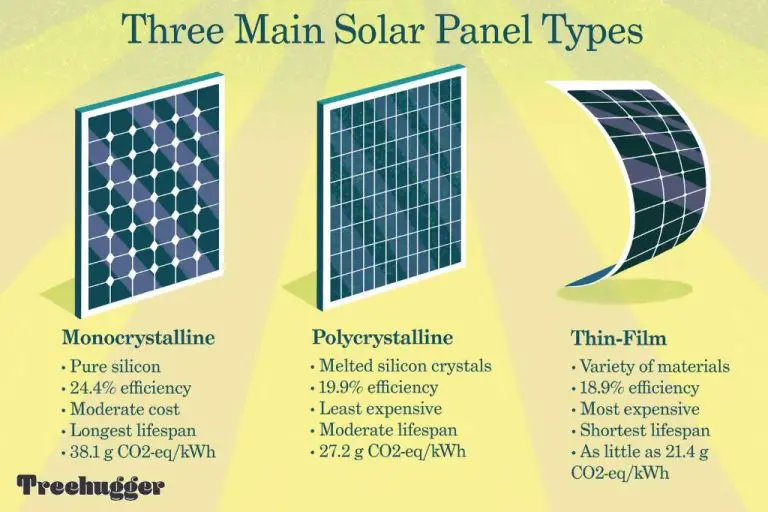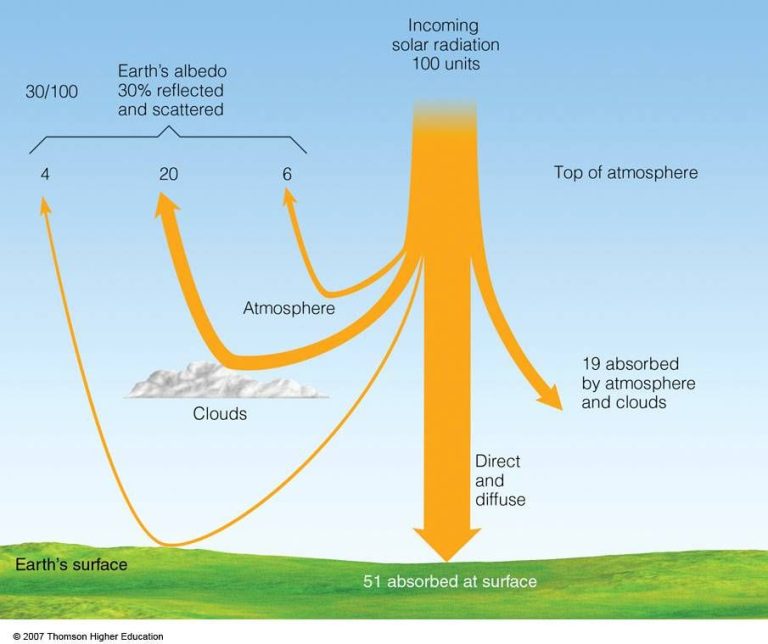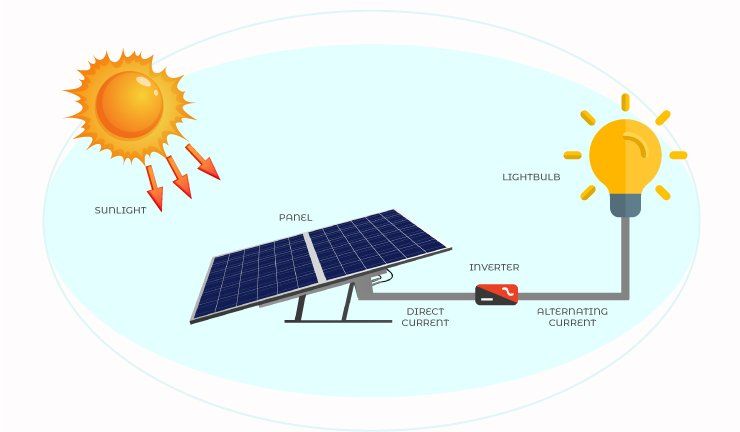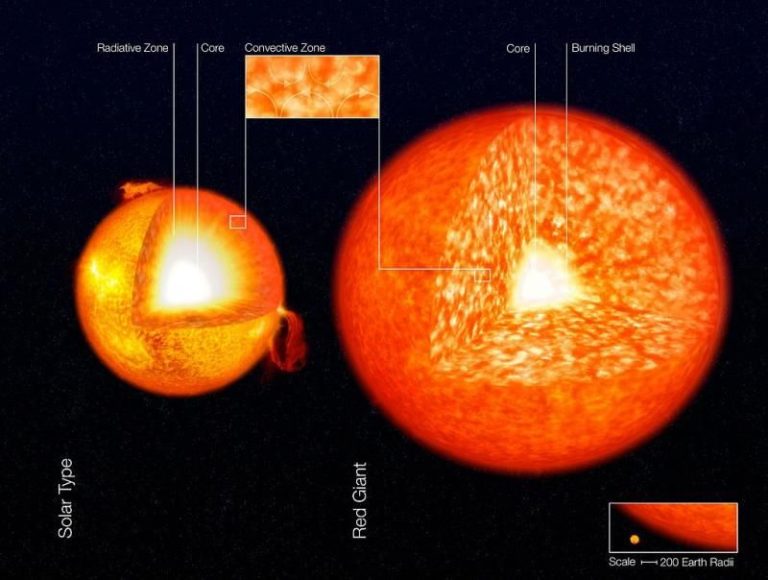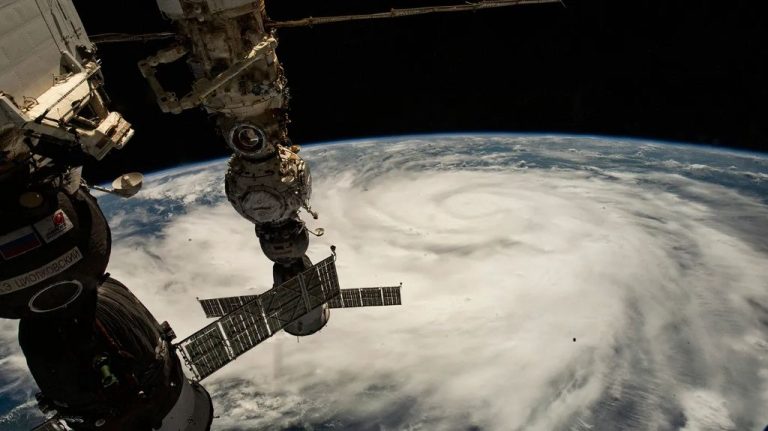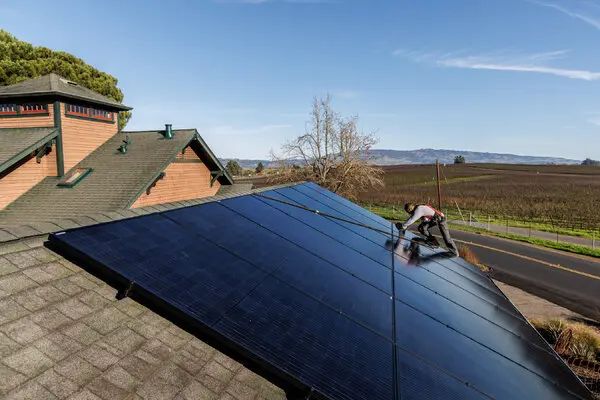Why Is Making Solar Energy Economical Difficult?
High Upfront Costs
One of the biggest challenges with solar energy is the high upfront cost of solar panels, inverters, batteries, and other system components. The cost of purchasing and installing a residential solar system averages around $3 per watt, with a typical 5kW system costing $15,000-$25,000 depending on the region and system specifications. For large utility-scale solar farms, capital costs can reach several million dollars per megawatt of capacity. These high initial investments pose a significant economic barrier that can deter many homeowners and project developers from adopting solar.
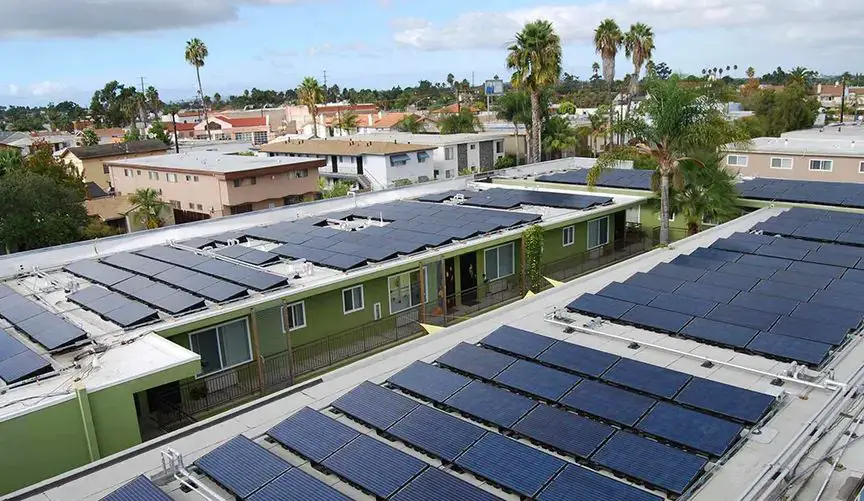
Photovoltaic solar panels themselves represent the largest share of system costs. Although prices have declined dramatically over the past decade, standard silicon solar panels still cost around $.75 per watt. Additional hardware like inverters, racking, wiring and labor drive up the total installed price. New smart technologies like batteries for energy storage also command premium prices, with costs projected to remain high in the near term.
While ongoing technological improvements and economies of scale will help reduce solar costs over time, the high initial capital expenditures required hamper the economic competitiveness of solar relative to conventional power generation like coal and natural gas in the short-term. Creative financing models like solar leases and PPAs have tried to alleviate the barrier of upfront costs, but more declines will likely be needed for solar to reach widespread cost parity.
Intermittency of Solar
One of the challenges with solar energy is its intermittent nature. Unlike traditional fossil fuel power plants which can generate electricity 24/7, solar energy can only produce power when the sun is shining. Solar panels do not generate any electricity at night, and energy output reduces significantly on cloudy days or in periods of heavy rainfall.
This intermittency poses difficulties for grid integration. Electricity supply has to precisely match demand at all times to keep the grid stable. Solar’s variable output makes it harder to balance supply and demand. Storage solutions like batteries can help mitigate intermittency to some extent, but add additional costs.
Intermittency also makes solar less valuable and dispatchable. Nuclear and fossil fuel plants provide constant “baseload” power more suited to the grid’s round-the-clock needs. Solar farms can’t be relied upon for steady power output.
New grid management technologies like demand response and smarter forecasting of solar generation will help. But inherent challenges with intermittency remain a key factor limiting solar’s competitiveness with traditional always-on power sources.
Low Energy Density
Solar panels produce electricity by converting sunlight into direct current electricity using photovoltaic cells. However, sunlight has a relatively low energy density compared to fossil fuels. This means that solar panels require a large surface area to absorb enough sunlight to generate meaningful amounts of electricity.
For example, one of the most efficient solar PV panels on the market has an efficiency rating of around 22%. This means that for every square meter of solar panel, only 220 watts of electricity can be produced under ideal conditions. In comparison, fuels like natural gas have an energy density that is thousands of times higher. Generating the same amount of electricity from natural gas would require vastly less physical space.
To generate utility-scale solar power, vast fields with thousands of solar panels are needed. One estimate suggests that solar PV power plants require around 8 acres of land per megawatt of capacity. This large land footprint limits the places where solar PV can be deployed, as many regions lack the necessary vacant space near energy demand centers. In crowded cities, it can be particularly challenging finding enough open rooftop space for meaningful solar generation.
The low energy density of solar irradiation compared to fossil fuels is a key physical constraint that makes scaling up solar power difficult. Developing more efficient solar cell technologies can help mitigate this issue by increasing the energy yield per unit of land area. But the diffuse nature of sunlight remains a fundamental challenge compared to the highly concentrated energy in chemical fuels.
Storage Limitations
Another major challenge facing solar power is the ability to store and distribute the energy that is produced. Solar panels only generate electricity when the sun is shining, but energy demand exists at all hours. Batteries can be used to store solar energy for use when the sun is not shining, but current battery technology has limitations.
Batteries are still very expensive, especially at the large scale required for grid storage. The materials and metals used in batteries like lithium and cobalt are scarce and limited in supply, which keeps costs high. Many grid-scale batteries also degrade over time and need replacement every 5-10 years.
In addition, most batteries have a relatively low energy density, meaning they cannot store very large amounts of energy in a small space. This restricts how much solar power can be stored and transported efficiently. Battery capacity would need to improve significantly to make solar a reliable baseload power source.
Until there are major advances in battery tech or alternative storage methods, the intermittent availability of solar will remain an obstacle to it becoming a predominant energy source.
Transmission Challenges
While solar power often needs to be generated in areas with high solar resources, like deserts, these areas tend to be far from population centers that require electricity. Transmitting solar power over long distances to connect generation with load centers is difficult.
High voltage transmission lines are needed to move large amounts of electricity efficiently over long distances. However, these transmission projects require billions of dollars of investment and encounter siting and permitting challenges. Without major transmission infrastructure upgrades, it limits how much solar power can be delivered to load centers.
Even with new transmission projects, power losses that occur during long distance transmission place another limitation. Long distance high voltage AC transmission lines lose 6-8% of power per 1,000 km traveled. While high voltage DC lines have lower losses around 3-4% per 1,000 km, the conversion equipment needed is expensive.
The costs and losses involved with moving solar electricity long distances present an obstacle to scaling and integrating large amounts of solar power. Improving transmission infrastructure is critical for solar to supply a greater portion of overall electricity demand.
Fossil Fuel Subsidies
Solar energy faces an uneven playing field due to substantial global subsidies for fossil fuels like oil, coal and natural gas. Fossil fuel subsidies have been estimated at over $600 billion annually, which lowers the price of electricity from conventional fuels. This makes it difficult for renewable sources like solar to compete, despite their environmental and sustainability benefits. Many countries provide direct subsidies to producers and consumers of fossil fuels, as well as tax breaks and other incentives. Removing fossil fuel subsidies would help level the playing field and allow solar to be more cost-competitive. There is a push by some governments and international organizations to phase out fossil fuel subsidies, but significant change has been slow and solar continues to compete under unequal market conditions.
Geographic Limitations
Solar power works best in areas that receive abundant sunlight throughout the year. The amount of solar irradiation an area receives depends on its latitude and local weather patterns. Regions near the equator typically get the most sunlight. Solar potential decreases as you move farther away from the equator towards the poles. For example, North Africa and Southwest US states like Arizona have some of the highest solar potential in the world. In contrast, countries far away from the equator like Canada and Norway have lower solar resources. Within a country, sunnier southern regions will often have more solar potential than northern areas. This geographic variability can make large-scale solar adoption challenging. Areas with the highest energy demand don’t always overlap with places that receive the most sunlight. Transmitting solar power over long distances comes with efficiency losses. So while solar may thrive in deserts and equatorial regions, major urban centers located far away face difficulties in taking full advantage.
Market Structure Barriers
The traditional energy market structure presents challenges for widespread solar adoption. In many places, vertically integrated electric utilities own power generation, transmission, and distribution infrastructure as monopolies or near-monopolies. They are guaranteed a rate of return on large capital investments like power plants and transmission lines.
Solar disrupts this structure by generating power at the point of use, avoiding transmission lines. This reduces the need for capital projects that utilities profit from. So utilities often resist policies that encourage rooftop solar, like net metering. They argue that solar customers don’t pay their fair share for grid infrastructure and shift costs onto non-solar customers.
State public utility commissions approve utility expenditures and set electricity rates. They must balance utilities’ interests against promoting emerging technologies like solar. Regulatory lag can hinder timely adaptation of business models and rate structures for the increasing adoption of solar and other distributed energy resources.
Soft Costs
Soft costs refer to the non-hardware costs associated with solar installations, including permitting, installation labor, financing costs, supply chain costs, customer acquisition costs, and regulatory compliance costs. These soft costs can represent up to 64% of the total price of residential solar installations in the US, compared to just 18% for utility-scale solar projects.
Permitting costs in particular can vary widely between jurisdictions, driving up overall soft costs. Streamlining and standardizing permitting processes could help reduce these costs. Installation labor is another significant portion of soft costs, representing up to 20% of the total price of residential solar. Ensuring adequate training and certification requirements for solar installers can help manage installation labor costs. Additionally, complex financing structures and high customer acquisition costs from door-to-door sales and telemarketing add to soft costs. Simplified financing options and lower-cost customer acquisition through online platforms could help reduce soft costs. Overall, reducing and standardizing soft costs represents a major opportunity to make solar more economical.
Lack of Scale
Solar energy currently has a small share of the overall energy market, which limits the incentives and opportunities to reduce costs through economies of scale. Most energy today comes from fossil fuels, which means solar manufacturers lack the production volumes needed to benefit from mass production and streamlining. Without a substantial customer base at scale, each solar panel or plant must bear a higher proportion of fixed costs.
At small scale, research and development costs are also spread over fewer installed units. Rapidly declining costs in solar have correlated closely with increases in deployment volume and market share. Yet growth remains constrained without the cost declines enabled by greater scale. It’s a chicken-and-egg dilemma. Low volume keeps costs high, while high costs suppress volume growth. Policies to support growth can help solar expand and progress down the cost curve, enabling scale economies.

